Unveiling the Mystery: Do Road Rollers Have Brakes
Road construction is one of the most common infrastructural development projects around the world. Over the years, road construction has seen the introduction of technology to better the quality of roads and ease the work involved. The road roller is one of the technological advancements used in road construction. This piece of equipment is used to compact material for stable bases and road surfaces.
Road rollers are engine powered and their movement is controlled for effective compaction. Thus, there is a need for brakes and other controls on road rollers. Like in other vehicles, brakes on road rollers are used to slow down and stop the equipment when needed.
Contents
Function and Components of Road Rollers
Road roller’s main function in construction is compaction. There are various needs for compaction; these dictate the size and type of road rollers you choose. In road construction, road rollers are used to compact the road base to the required densities. In asphalt paving, road rollers are used to compact the asphalt concrete into place.
Structural construction can also involve the use of road rollers. For large-scale high-rise buildings, a road roller can be used to compact the ground for a stable base to support the foundation. In environmental management and construction waste disposal, rad rollers are used to compact waste to required densities. Waste or dirt compaction allows for the storage of large volumes and keeps waste for a longer period without affecting the environment.
The functioning of a road roller involves the working of various components. These are discussed in detail below;
- The engine- This is the main component of the road roller. Engines vary in capacity depending on the size of the road roller. Smaller engines are usually petrol powered. However, the most common engines are diesel-powered due to their capacity to handle heavy drums for long hours.
- Drum- This is the compaction interface. The drum comes in contact with the material under compaction. The weight of the drum combined with the vibration generated in the engine forces particles to settle into a denser state.
- Steering mechanism- Compaction requires the road roller to move in different directions. The maneuvers are made possible by a steering mechanism. The steering controls both the rear wheels and the drum in the operator’s desired direction.
- Braking system- Essential for controlling movement on site, the braking system is responsible for slowing down the roller and/or keeping it at a full stop. There are various types of braking systems; traditional ones are not used in rollers as they are ineffective.
Function and Components of Road Rollers
Road roller’s main function in construction is compaction. There are various needs for compaction; these dictate the size and type of road rollers you choose. In road construction, road rollers are used to compact the road base to the required densities. In asphalt paving, road rollers are used to compact the asphalt concrete into place.
Structural construction can also involve the use of road rollers. For large-scale high-rise buildings, a road roller can be used to compact the ground for a stable base to support the foundation. In environmental management and construction waste disposal, rad rollers are used to compact waste to required densities. Waste or dirt compaction allows for the storage of large volumes and keeps waste for a longer period without affecting the environment.
The functioning of a road roller involves the working of various components. These are discussed in detail below;
- The engine- This is the main component of the road roller. Engines vary in capacity depending on the size of the road roller. Smaller engines are usually petrol powered. However, the most common engines are diesel-powered due to their capacity to handle heavy drums for long hours.
- Drum- This is the compaction interface. The drum comes in contact with the material under compaction. The weight of the drum combined with the vibration generated in the engine forces particles to settle into a denser state.
- Steering mechanism- Compaction requires the road roller to move in different directions. The maneuvers are made possible by a steering mechanism. The steering controls both the rear wheels and the drum in the operator’s desired direction.
- Braking system- Essential for controlling movement on site, the braking system is responsible for slowing down the roller and/or keeping it at a full stop. There are various types of braking systems; traditional ones are not used in rollers as they are ineffective.
Braking Mechanisms in Rollers
The primary braking system in rollers is hydraulic for its efficiency. However, disc braking systems are used for lighter rollers. Some rollers have combined braking systems for additional safety. With a hydraulic braking system, pressure is built up after the operator steps on the brake pedal. The pressure is transmitted to brake calipers through a series of cylinders to exert the braking force. In disc brake systems, the calipers squeeze brake pads against a rotating disc, creating friction and slowing down the roller. In drum brake systems, the brake shoes expand outward to contact the inner surface of the drum, generating friction and decelerating the roller.
The engine braking system is another movement control mechanism found on road rollers. This system utilizes the engine’s compression resistance to limit motion. When the operator releases the throttle, the engine’s intake valves close, creating higher pressure inside the cylinders. This pressure acts as a resistance against the moving pistons, effectively slowing down the roller. The engine braking system helps control the speed during downhill descents or when the operator needs to reduce speed without relying solely on other braking systems, promoting safer and more controlled operation.
By downshifting, the transmission in road rollers can also be utilized as a braking mechanism. Downshifting causes the transmission to increase the resistance within the drivetrain, causing the roller to decelerate due to the engine’s compression. This technique provides an additional braking force to supplement the hydraulic braking system and enhance overall braking performance.
Safety Measures in Road Rollers
Safety in road roller operations is crucial to prevent accidents and protect both the operator and surrounding personnel. Adhering to safety protocols reduces the risk of injuries, ensures proper equipment maintenance, promotes effective communication, and guarantees the correct use of personal protective equipment.
Road rollers often incorporate safety mechanisms to compensate for the lack of traditional braking systems. One such mechanism is the inclusion of emergency stop buttons or switches that instantly cut off power to the engine, bringing the roller to an immediate halt in case of emergencies. Additionally, many road rollers feature rollover protection structures (ROPS) and seat belts to protect the operator in the event of a rollover incident. Some models may also be equipped with anti-lock braking systems (ABS) to prevent wheel lock-up during sudden braking, enhancing stability and control.
Operator training and adherence to safety protocols play a critical role in ensuring safe road roller operation. Proper training enhances operator competency, awareness of potential hazards, and knowledge of safety procedures. Adhering to safety protocols minimizes accidents, reduces injuries, and promotes a culture of safety on construction sites, fostering a secure working environment for all personnel involved.
Compared to other vehicles, road rollers typically have different braking systems. While traditional vehicles commonly employ hydraulic braking systems, road rollers often utilize hydraulic, engine braking, and transmission-based braking mechanisms to ensure effective deceleration and control during operation on various terrains.
The operational characteristics of a roller, such as weight, speed, and terrain, significantly influence the choice of braking system. Heavier rollers may require more robust and efficient braking systems to generate sufficient stopping power. High-speed rollers may benefit from advanced braking systems with enhanced control and heat dissipation capabilities. Additionally, the type of terrain, whether steep slopes or uneven surfaces, may require specific braking mechanisms like engine braking or transmission-based braking to provide effective deceleration and stability.
Conclusions
Road rollers are important in all construction projects. Compaction requirements determine the size of a road roller one chooses. The main parts of a road roller are; the engine, the drum, the steering mechanism, and the braking system. The braking systems in road rollers are designed to ensure safe and controlled operation.
Hydraulic, engine braking and transmission-based braking mechanisms work together to provide efficient stopping power, especially considering the operational characteristics of the roller, such as weight, speed, and terrain. Safety mechanisms, operator training, and adherence to protocols further contribute to mitigating risks and promoting a secure working environment.
By prioritizing safety and employing appropriate braking systems, road rollers can effectively contribute to construction and road maintenance projects while minimizing accidents and protecting personnel.
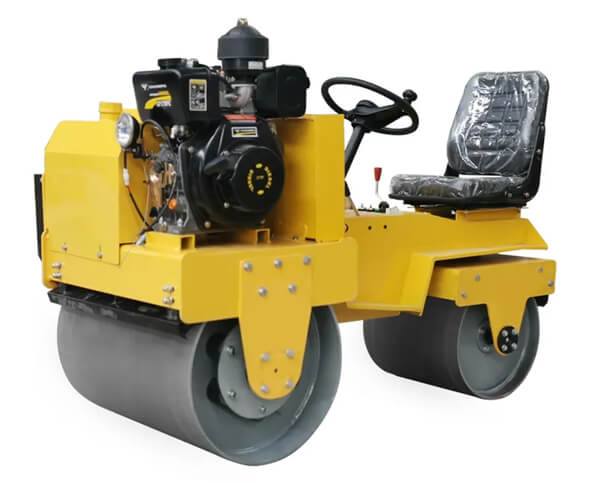
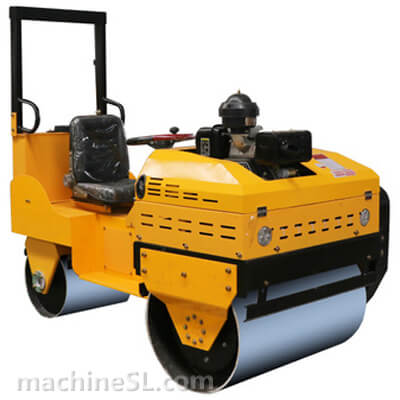
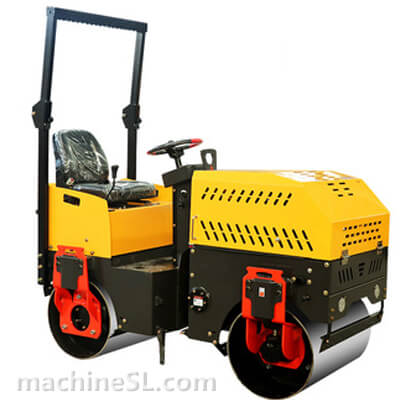
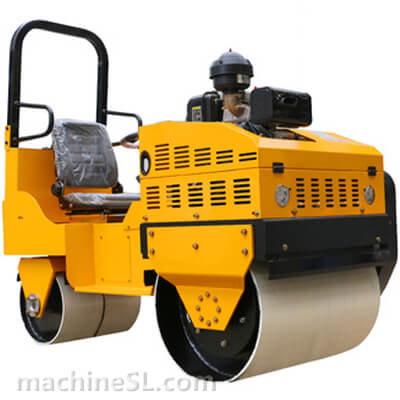
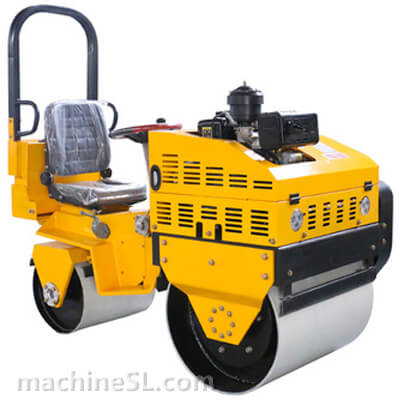
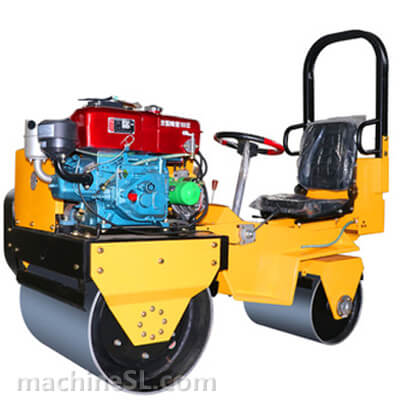
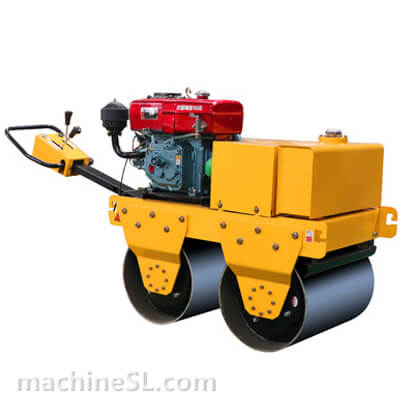
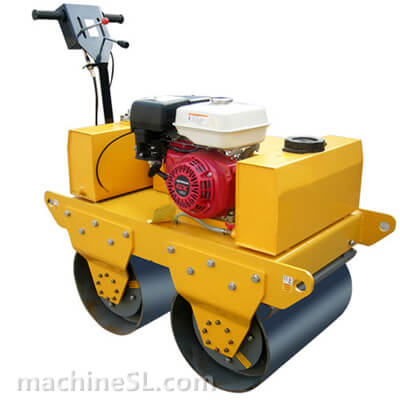
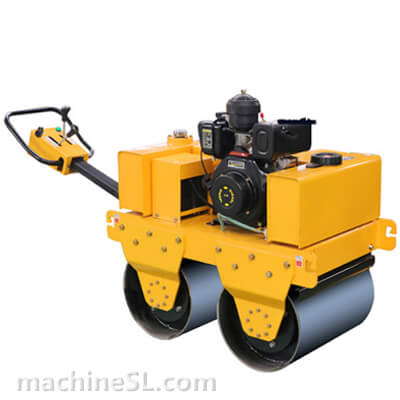
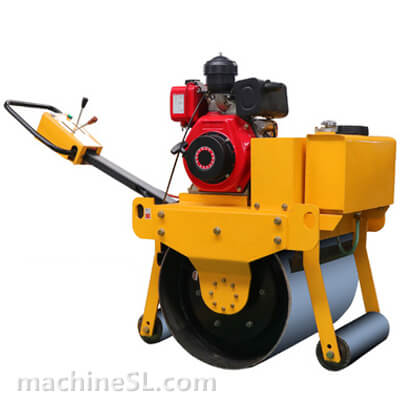
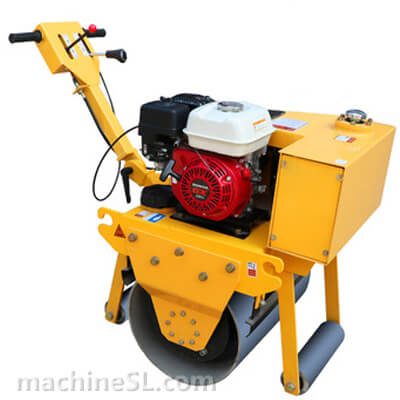
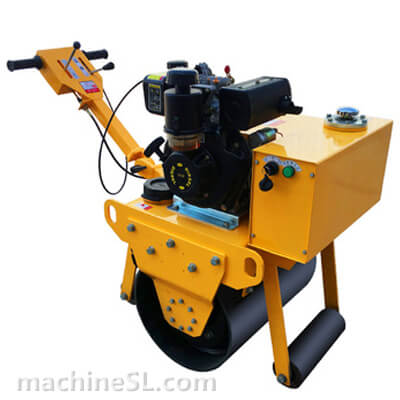
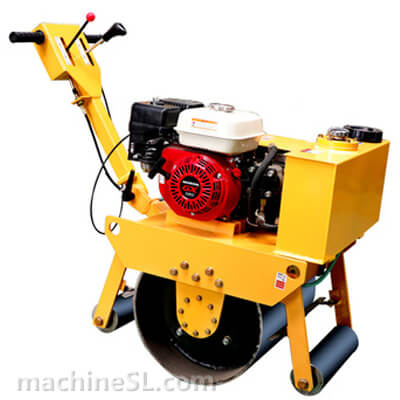
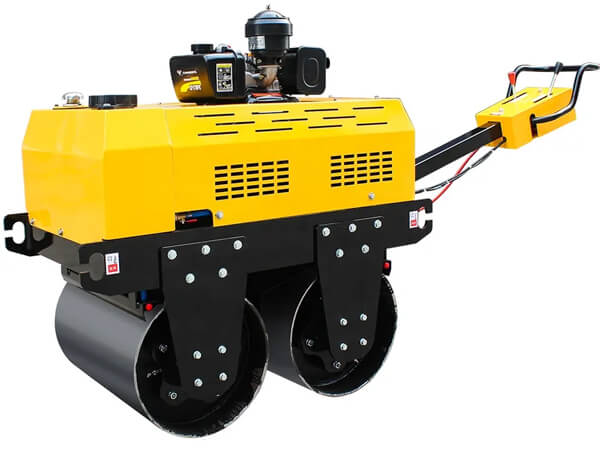
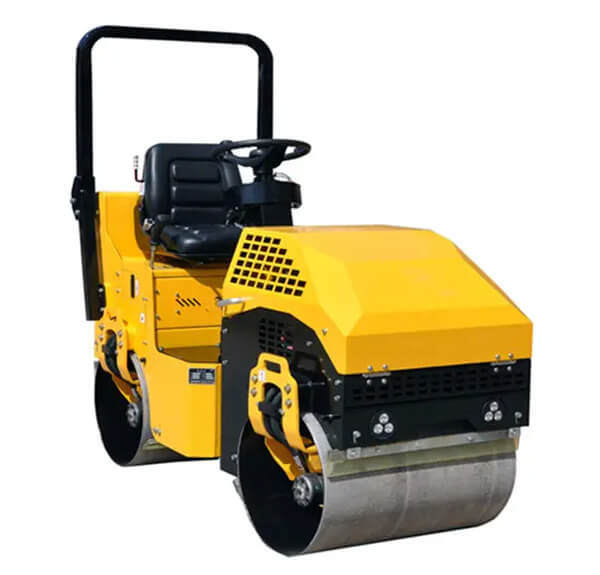
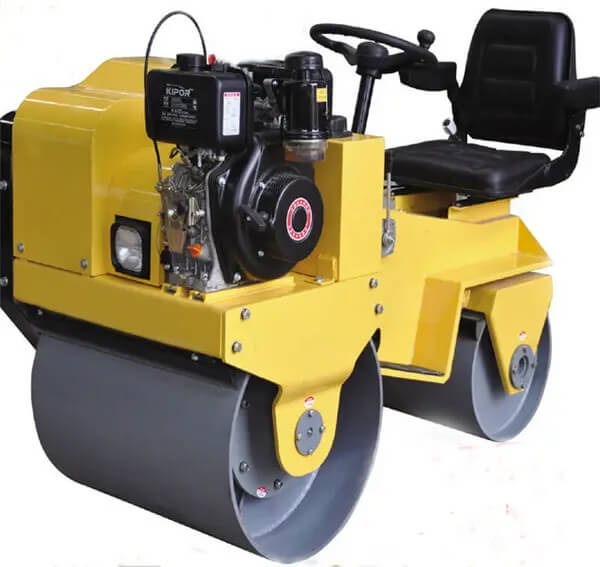

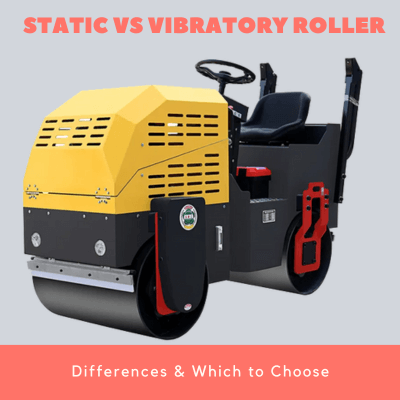
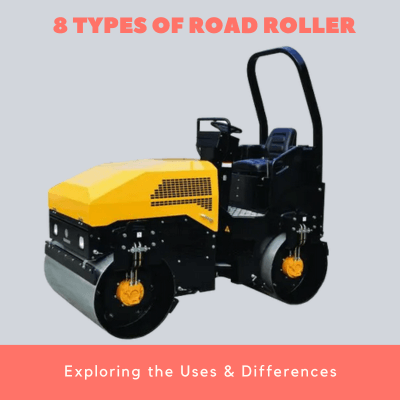
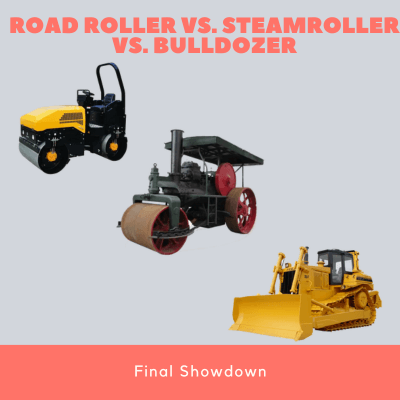
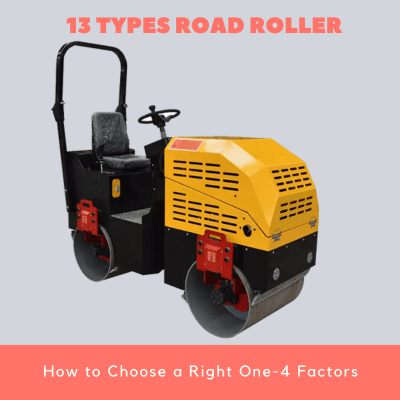
Leave A Comment